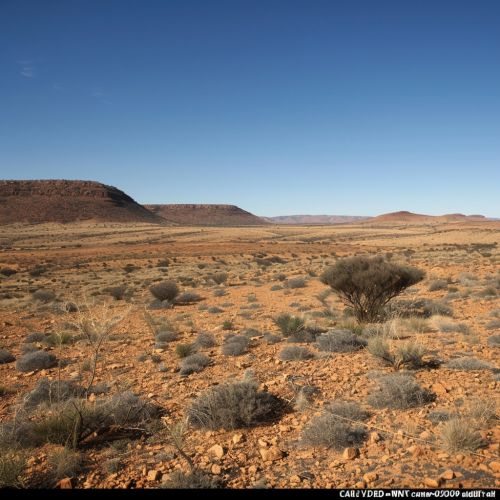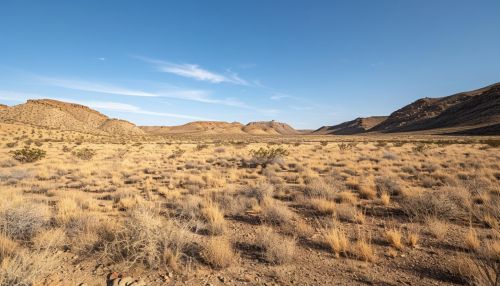Sertão
Geography


The Sertão is a vast, arid region in the northeastern part of Brazil. It is one of the four sub-regions of the Northeast Region, along with the Zona da Mata, the Agreste, and the São Francisco. The Sertão covers a large area of approximately 1,036,000 square kilometers, which is roughly equivalent to the size of France and Germany combined. The region is characterized by its semi-arid climate, with irregular rainfall and high temperatures.
Climate
The climate of the Sertão is classified as a tropical savanna climate, with a rainy season in the summer and a dry season in the winter. The average annual temperature is around 25°C, with little variation throughout the year. Rainfall is irregular and often insufficient, leading to frequent periods of drought. The region's climate is heavily influenced by the Intertropical Convergence Zone (ITCZ), which brings rain to the region when it is in its southernmost position.
Flora and Fauna
The Sertão is home to a unique ecosystem known as the Caatinga, which is characterized by thorny scrub vegetation adapted to the arid conditions. The Caatinga is the only exclusively Brazilian biome and is home to a diverse range of plant and animal species, many of which are endemic to the region. Notable species include the Spinytail Iguana, the Maned Wolf, and the Brazilian Three-banded Armadillo.
Economy
The economy of the Sertão is primarily based on agriculture, with the main crops being cotton, beans, corn, and cassava. The region is also known for its livestock farming, particularly goats and sheep. Despite the harsh climatic conditions, the Sertão has a significant agricultural potential, especially in the production of biofuels from plants such as the castor oil plant and the Jatropha.
Culture
The culture of the Sertão is rich and diverse, with influences from indigenous, African, and Portuguese cultures. The region is known for its traditional music styles, such as Forró and Baião, and its popular religious festivals, such as the Festa Junina. The Sertão is also the setting for many works of Brazilian literature, most notably Graciliano Ramos' "Vidas Secas" and João Guimarães Rosa's "Grande Sertão: Veredas".
Challenges
The Sertão faces several challenges, including frequent droughts, poverty, and lack of infrastructure. The region has one of the highest rates of poverty in Brazil, with many inhabitants living in rural areas with limited access to basic services such as electricity, clean water, and healthcare. Efforts to combat these issues include government programs aimed at improving living conditions and promoting sustainable development in the region.
